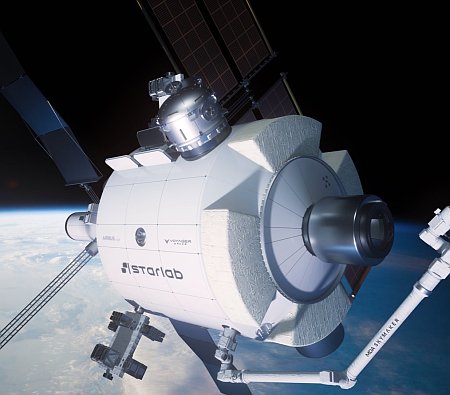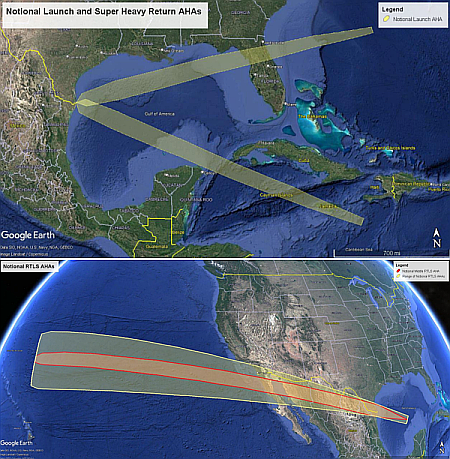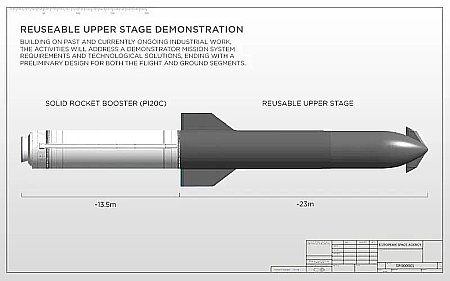The growing mystery of the little red dots in the early universe
The uncertainty of science: A review of the population of what scientists call “Little Red Dots” (LRDs) — discovered in the early universe by the Webb Space Telescope — has found that 30% do not appear to be compact objects when viewed in ultraviolet wavelengths.
The team studied 99 LRDs, and found that about 30% are not simply compact dots when observed in the ultraviolet.Instead, they reveal disturbed or clumpy structures, in stark contrast to their smooth, point-like appearance at optical wavelengths. Because these galaxies are so far away, their optical light is stretched, or “redshifted,” into the long-wavelength channel of JWST, where the resolution is not sharp enough to see structure, so they look like simple dots.
Rinaldi: ‘But their ultraviolet light is shifted into JWST’s short-wavelength channel, where the telescope has much finer resolution, and there we suddenly see clumps, asymmetries, and signs of interaction. On top of this, in the spectra of some of our LRDs we directly detect the fingerprints of active black holes, with gas moving at thousands of kilometres per second.’ This shows that at least part of this population is powered by growing black holes, while others seem to be dominated by star formation, making LRDs a mixed and diverse family of sources. This is a crucial clue, suggesting that mergers and galaxy interactions may be the trigger for the “LRD phase”.
In other words, astronomers don’t really know what these dots are at present. If some are supermassive black holes, this poses a problem for Big Bang cosmology, as there should not have been enough time since the Big Bang for these black holes to have formed.
That 70% still appear to be compact single objects might mean that’s what they are, but it could also mean that our present observations tools don’t yet have the ability to resolve them.
The uncertainty of science: A review of the population of what scientists call “Little Red Dots” (LRDs) — discovered in the early universe by the Webb Space Telescope — has found that 30% do not appear to be compact objects when viewed in ultraviolet wavelengths.
The team studied 99 LRDs, and found that about 30% are not simply compact dots when observed in the ultraviolet.Instead, they reveal disturbed or clumpy structures, in stark contrast to their smooth, point-like appearance at optical wavelengths. Because these galaxies are so far away, their optical light is stretched, or “redshifted,” into the long-wavelength channel of JWST, where the resolution is not sharp enough to see structure, so they look like simple dots.
Rinaldi: ‘But their ultraviolet light is shifted into JWST’s short-wavelength channel, where the telescope has much finer resolution, and there we suddenly see clumps, asymmetries, and signs of interaction. On top of this, in the spectra of some of our LRDs we directly detect the fingerprints of active black holes, with gas moving at thousands of kilometres per second.’ This shows that at least part of this population is powered by growing black holes, while others seem to be dominated by star formation, making LRDs a mixed and diverse family of sources. This is a crucial clue, suggesting that mergers and galaxy interactions may be the trigger for the “LRD phase”.
In other words, astronomers don’t really know what these dots are at present. If some are supermassive black holes, this poses a problem for Big Bang cosmology, as there should not have been enough time since the Big Bang for these black holes to have formed.
That 70% still appear to be compact single objects might mean that’s what they are, but it could also mean that our present observations tools don’t yet have the ability to resolve them.















